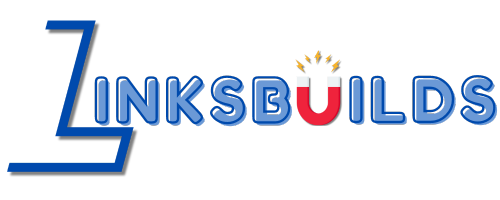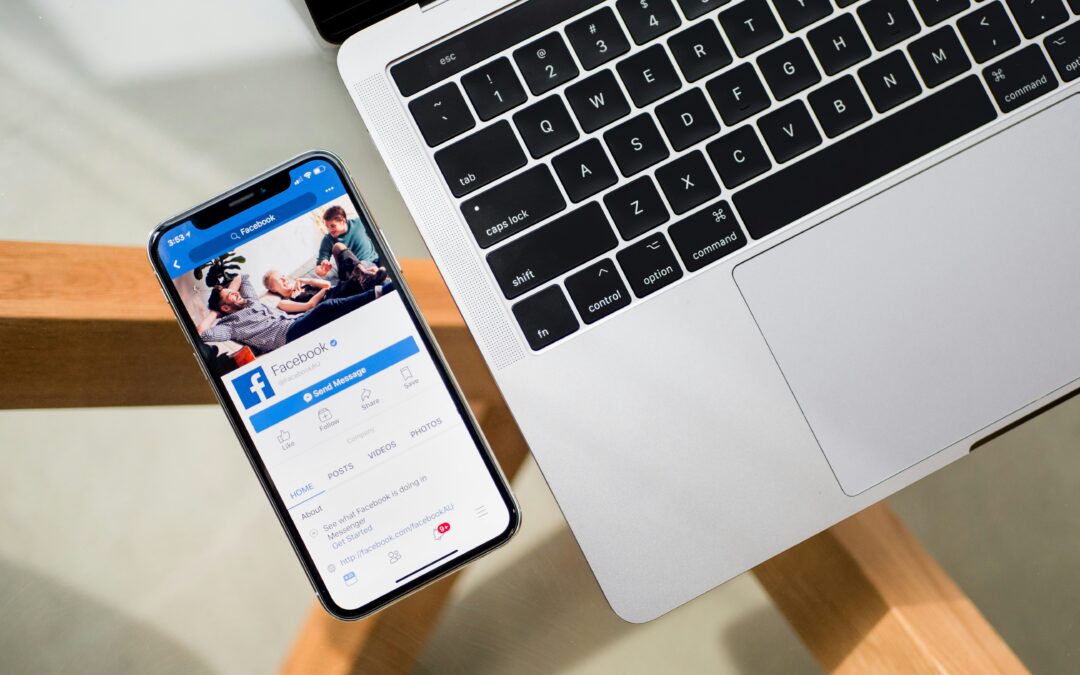Using a Flutter app for any WordPress can offer numerous benefits that cater to both users and site owners alike. One of the primary advantages is the ability to create a seamless cross-platform application compatible with both Android and iOS devices. This ensures that your content reaches a wider audience, increasing engagement and user retention.
With Flutter’s hot reload feature, developers can make real-time changes to the app’s codebase, reducing development time significantly. This results in faster updates and smoother user experiences.
Furthermore, Flutter’s rich set of customizable widgets allows for stunning visual designs that align perfectly with your brand identity. By leveraging these tools, you can provide users with an aesthetically pleasing interface that enhances usability and engagement.
Incorporating a Flutter app into your WordPress ecosystem opens up new possibilities for creativity, functionality, and user satisfaction.
Step-by-Step Guide on How to Access the Flutter App for WordPress
So, you’ve decided to integrate a Flutter app with your WordPress site – great choice!
First things first, head over to the WordPress admin dashboard and install the ‘WP REST API’ plugin. This plugin will enable communication between your Flutter app and WordPress.
Next, open up your Flutter project in your favorite code editor. Install the necessary dependencies like http package to make API calls from your app.
Now it’s time to write some code! Use the http package in Flutter to fetch data from your WordPress site. Remember to authenticate the requests using JSON Web Tokens (JWT) for security.
Once you have successfully retrieved data from WordPress, you can now display it in your Flutter app using widgets like ListView or GridView for a visually appealing interface.
Test everything thoroughly on both Android and iOS devices to ensure a seamless user experience. Voila! You’ve successfully accessed your WordPress site through a Flutter app.
Tips for Customizing and Optimizing Your Flutter App for WordPress
When it comes to customizing and optimizing your Flutter app for WordPress, there are several key tips to keep in mind. First off, make sure to choose a responsive design that looks great on all devices. This will ensure a seamless user experience for your visitors.
Next, consider adding unique features and functionalities that set your app apart from others. Whether it’s custom animations or interactive elements, adding these touches can enhance the overall user experience.
Optimizing your app for speed is crucial. Be mindful of large file sizes or unnecessary plugins that could slow down loading times. Compressing images and minimizing code can help improve performance.
Don’t forget about SEO optimization. Use relevant keywords in your content and metadata to boost visibility in search engine results. By following these tips, you can create a customized and optimized Flutter app that enhances your WordPress site effectively!
Common Issues and Troubleshooting Tips
Encountering issues while setting up your Flutter app for WordPress is not uncommon. One common problem users face is compatibility issues between the app and different devices or operating systems. This can lead to functionality errors or display inconsistencies.
Another issue that may arise is plugin conflicts within WordPress itself, causing malfunctions in your Flutter app integration. It’s essential to regularly update both your plugins and the app to ensure smooth operation.
Troubleshooting tip: Always check for any recent updates or patches released by the developers of both Flutter and WordPress. These updates often contain bug fixes and improvements that can resolve existing issues.
Additionally, consider reaching out to online forums or communities dedicated to Flutter and WordPress for advice from experienced users who may have encountered similar problems before. Engaging with these resources can provide valuable insights into troubleshooting specific issues effectively.
Alternatives to Using a Flutter App for WordPress
If you’re looking for alternatives to using a Flutter app for your WordPress site, there are a few options worth considering. One alternative is utilizing custom WordPress themes and plugins specifically designed to enhance mobile responsiveness and user experience. These tools can help optimize your website for mobile devices without the need for a separate app.
Another option is exploring other cross-platform development frameworks like React Native or Xamarin. These frameworks allow you to build mobile applications that work seamlessly across different platforms, including iOS and Android. While they may not offer the same level of integration with WordPress as Flutter, they are still viable alternatives worth exploring.
Additionally, investing in responsive web design can also be an effective alternative to developing a separate Flutter app. By ensuring that your website is optimized for all devices, you can provide users with a seamless experience regardless of the device they are using to access your site.
The choice of whether to use a Flutter app or explore alternatives depends on your specific needs and preferences as a website owner.
Conclusion
In a world where mobile apps are becoming increasingly popular, having a Flutter app for your WordPress site can provide you with numerous benefits. It offers a seamless user experience, easy customization options, and efficient performance. By following the step-by-step guide provided in this article, you can easily access and optimize your Flutter app for WordPress.
Integrating a Flutter app with your WordPress site opens up new possibilities for engaging with your audience and enhancing their browsing experience. Stay innovative, stay connected, and explore the endless opportunities that come with combining these two powerful platforms.

